Despite the admonitions from the self-help gurus, we gardeners are rarely able to be “in the moment.” Instead, we are always looking at our borders and thinking ahead to the changes and additions we want to make and, more often than we’ll admit, the missteps we want to rectify. As a result, many of us are already looking ahead to fall and winter.
Most of us remember being out in our yards this past January and February during recurrent periods of temperatures in the 50s. So, why not accept that this trend of warmer winters is inevitable and add more plants that will enliven the landscape this winter?
Now is the time to install plantings that will display visually arresting textures, colors, fragrances and yes, even flowers, during the winter months. The nurseries and gardening centers are never better stocked than now. This month’s Gardening Journey will get you started on your shopping list of plants to admire next winter, which arrives in six short months.
Shrubs with persistent fruit or colorful stems
Winterberry Ilex verticillata
A focal point in any winter garden will be the persistent bright-red berries on a deciduous holly. They are native to swampy areas throughout the Northeast. Upright and mounding, it can reach a height of 5 feet.
Remember, only fertilized female flowers produce the red berries. One male winterberry will be sufficient for pollinating six to 10 female plants. Also good to know is that the flowers appear on new spring growth; therefore, prune to shape in early spring before the new growth appears and after the birds have stripped all the berries. (The birds only eat the berries very late in winter, when nothing else is available.)
Of the many cultivars available, ‘Winter Red’ is one of the best. It is notable for abundant crops of persistent bright-red 3/8-inch berries. A suitable pollinator is ‘Southern Gentleman’. Other cultivars include ‘Red Sprite’ and ‘Sparkleberry’. Be sure to get a suitable pollinator for the cultivar you are planting since their bloom times need to coincide.
Cut stems are great for winter arrangements or adding color to holiday wreaths.
Beautyberry Callicarpa bodinieri ‘Profusion’
Well named, its genus name is from Greek, meaning “beautiful fruit.” Beautyberry displays showy, pearly violet-purple fruits through mid-winter on a 3- to 4-foot-high shrub. It can be pruned in late winter to control the shape from getting too leggy since it flowers on new growth. The cut stems provide an unexpected color addition to winter arrangements.
Oriental Spicebush Lindera angustifolia (aka L. glauca var. salicifolia)
For interest throughout the winter, consider planting an Asian spicebush. Often called the willow-leaved spicebush, it has yellow flowers in early spring, followed by black fruit. In fall, the leaves turn showy shades of orange-yellow with rosy undertones, fading to tawny-beige and remain on the plant until the flowers emerge in the spring. It’s subtly handsome in the late-afternoon sun.
Red-twig dogwood Cornus sericea
Although it has flat-topped white flowers in the spring, this dogwood is noteworthy for its red stems after the leaves fall. Grow it as a single specimen (perhaps in a large tub moved to the patio in late fall ) or group several in front of low-growing conifers or a yew hedge. The new stems will be the brightest. Just remove a quarter of the old stems each year to stimulate growth of new stems or even prune the entire shrub almost to the ground every two to three years to renew. (The fact that you won’t have any flowers that year makes is a non-issue because the small flowers are rather commonplace.) A fine choice for a wet spot along streams or ponds.
Try to find the cultivar ‘Midwinter Fire’ (sometimes listed as C. sanguinea). Well-named, the stems are a bright orange-yellow at the base and deep-red at the tips. Dazzling. Another bright-red cultivar is ‘Baileyi’.
There are also shrubs with bright-yellow stems. You could plant them separately or in a mixed tapestry with your red-stemmed ones. Cultivars include C. sericea ‘Flaviramea’ and ‘Budd’s Yellow’.
Hardy orange Poncirus trifoliata
This citrus relative (deciduous shrub or small tree) has four seasons of interest. In early spring it is covered with fragrant white flowers. In summer it has flossy dark-green three-lobed leaves and by fall the 2.5-inch diameter fruits appear. They are said to be edible but are very acidic and seedy. They will persist on the tree well into winter. But the main show is the tangled vivid-green stem with lethal thorns. Very unusual as a specimen or impenetrable if grown as a hedge. Be sure to gather up the fruits as they fall unless you want countless seedlings.
Winter flowers
Leatherleaf mahonia Mahonia bealei
There is every reason to plant this evergreen shrub. It also has a common name of Grape Holly because of the stiff and spiny holly-like leaves. Because the fragrant yellow flowers appear in February (last year in early January!), it is important to plant it as a nectar source for honeybees who will venture out on days over 55 degrees regardless of the calendar month. The flowers are followed in spring by showy, waxy fruits in grape-like clusters that mature to blue-black and are devoured by birds. It’s too spiny for deer to chew. It will grow in shade.
Hybrid Witch hazels Hamamelis x intermedia
The hybrid witch hazels display crinkly, mid- to late-winter flowers on bare stems. The flowers are frost-safe; they curl up at night and then unfurl on a sunny day. The shrubs grow upright in a distinctive vase shape. There are dozens of selections available. Two are particularly nice. ‘Jelena’ has sweetly fragrant, blazing coppery-orange flowers (formerly listed as ‘Copper Beauty’). The leaves turn an attractive orange-red in the fall. ‘Diane’ has red to copper-red flowers. The leaves turn shades of yellow, orange and red in fall.
Be vigilant and cut back any root suckers because these hybrids are grafted on root stock.
Camellia Camellia japonica
This evergreen shrub has always been greatly loved in the South (the state flower of Alabama), but hardy varieties are now available that we can grow in Lancaster County. The oval, leathery, glossy, dark-green leaves show off flower cultivars available in many colors. A particularly hardy one is ‘Korean Fire’, which has fragrant, single, 3- to 5-inch red flowers with showy yellow stamens that bloom in late winter. Other cultivars: ‘Polar Ice’, ‘Snow Flurry’, ‘Winter’s Hope’, ‘Winter’s Rose’, ‘Winter’s Star’, ‘Winter’s Charm’, ‘Pink Icicle’ and ‘Winter’s Interlude’. Did I mention that camellias are great for the winter garden?
Winter Jasmine Jasminum nudiflorum
Winter jasmine is a dense, sprawling, mounding vine that spreads from a central crown and is ideal to cascade over a south-facing wall or along a fence. The branch tips will root as they trail along the ground. The bare green stems are very attractive in winter; on the first warm day in January they will be covered with vivid yellow flowers before the trifoliolate dark-green leaves emerge. The flowers are not fragrant.
Late winter flowering bulbs that have been discussed in recent columns include Eranthis hyemalis, winter Aconite, and Crocus tommasinianus, the snow crocus.
And readers should by now be aware of the many virtues of Helleborus orientalis, the Lenten Rose, which this past winter was in full flower by the first of March.
Foliage
Little Bluestem Schizachyrium scoparum ‘The Blues’
This cultivar of our native prairie grass grows in upright clumps of slender, blue-tinged leaves throughout the growing season. Purplish-bronze flowers appear about the foliage in August, followed by persistent fluffy, silvery-white seed heads. But I consider the most outstanding ornamental feature to be its deep bronze-orange winter color. The grass stays erect all winter even during the winds of March, after which it is easily cut back before new growth occurs.
Nagasa bamboo Sasa veitchii
No argument. Don’t ever plant bamboo. But if you have a difficult slope that is wet most of the year, or even a rocky dry slope where nothing ornamental has done well, this foliage plant will spread and cover the area. It is a striking plant as a groundcover in a woodland garden because it tolerates deep shade. It is about 14-inches tall and displays typical green leaves throughout the growing season. But in fall, the edges of the leaves turn a bright creamy white and remain very attractively variegated until very late winter, when the entire plant turns brown. The only maintenance is to cut back with a string-trimmer at that time before the new growth emerges. Make no mistake, this is a very vigorous plant and will spread rapidly. It is ideal for erosion control. Bamboo produces 35% more oxygen than trees.
Bark
Trees with ornamental bark will be conspicuous in winter. The shedding of leaves exposes the peeling, furrowed, red, cinnamon, salmon-pink and even white bark of trunks and branches of such trees. Some to look for include: Paperbark maple, Acer griseum; Coral bark maple, Acer palmatum ‘Sango-Kaku’; Heritage birch, Betula nigra ‘Heritage’.
Other possibilities include Seven-sons flower tree, Heptacodium miconioides; Crape myrtles, Lagerstroemia indica; Persian ironwood, Parrotia persica; and Japanese stewartia, Stewartia pseudocamellia.





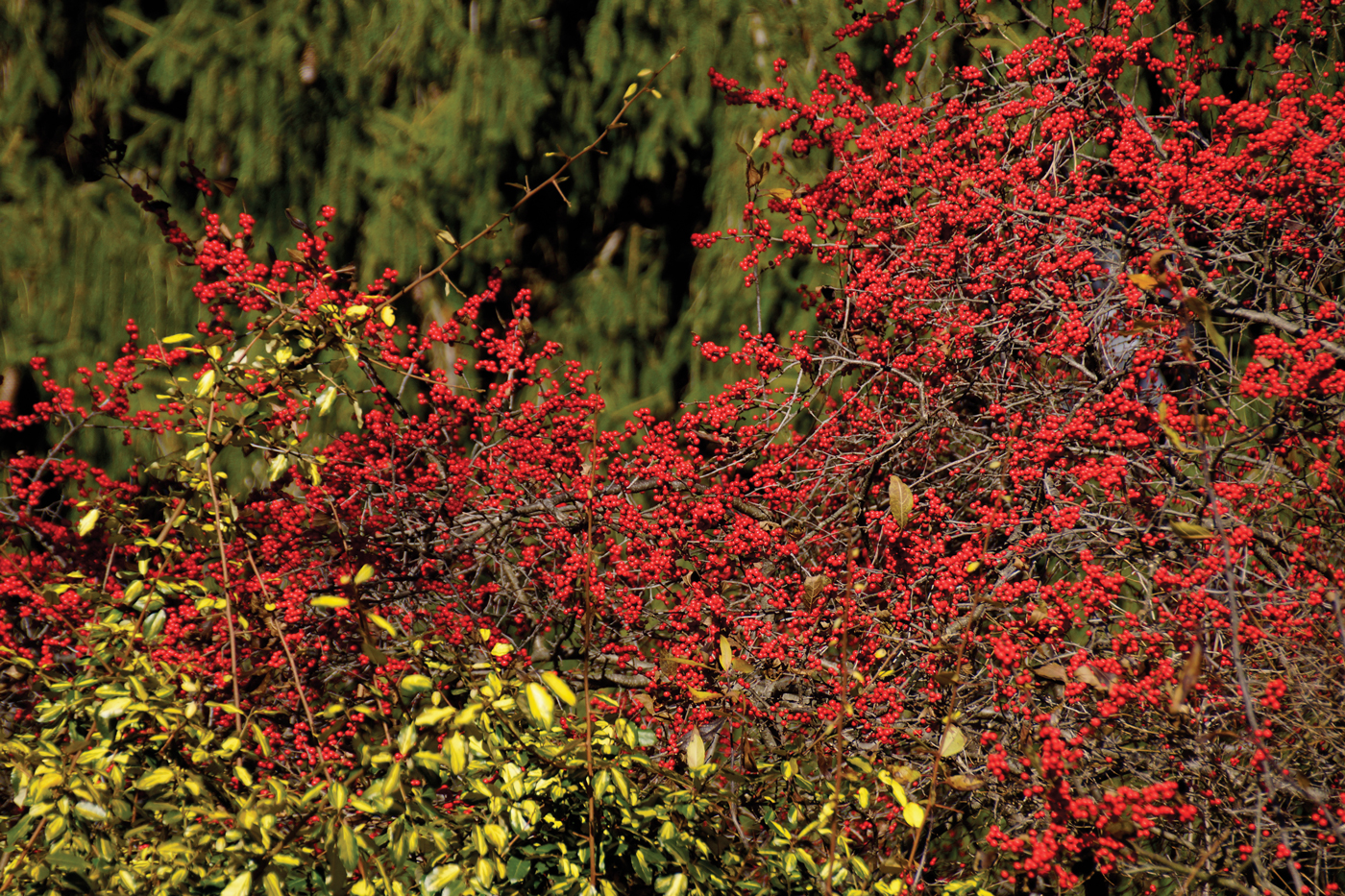
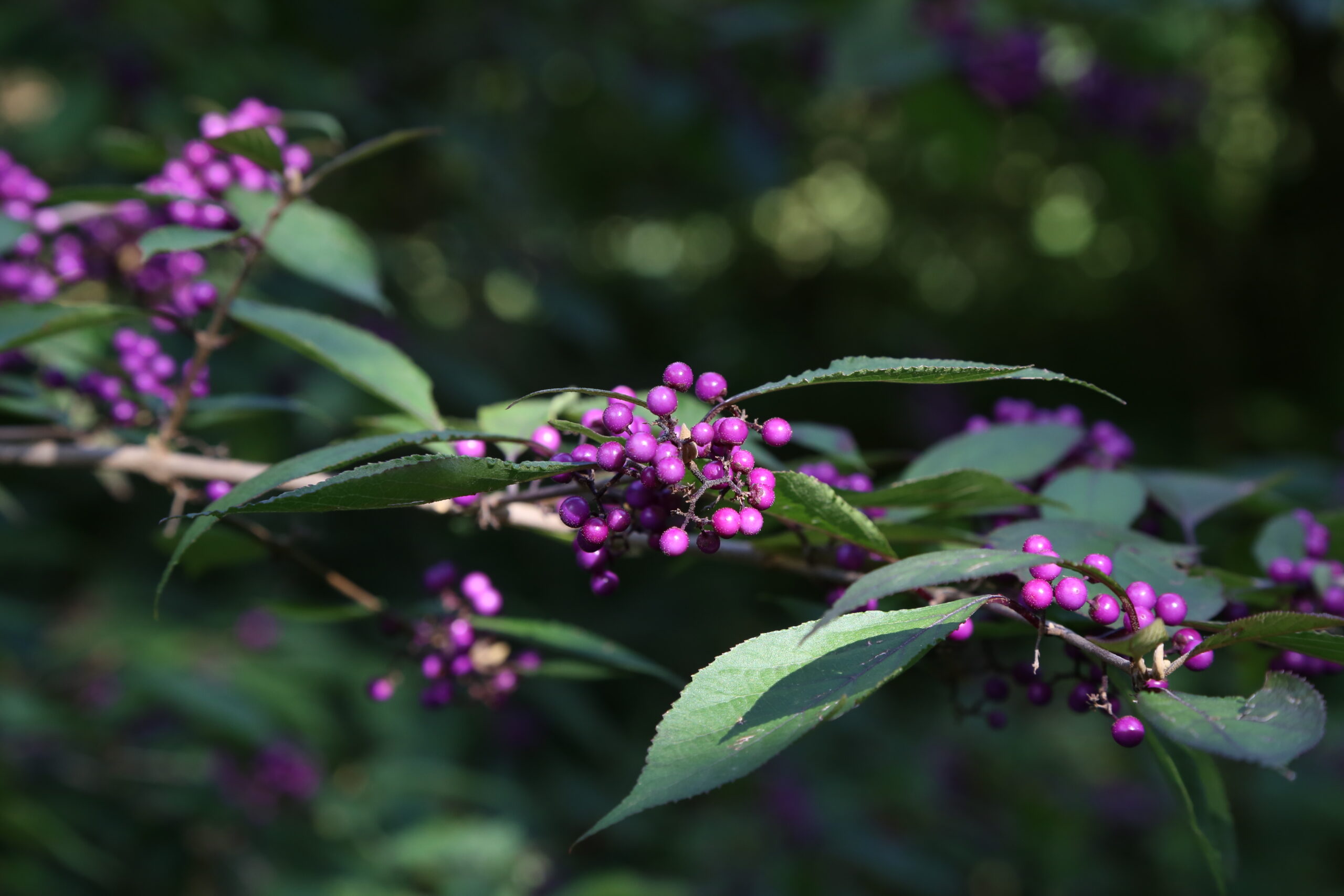
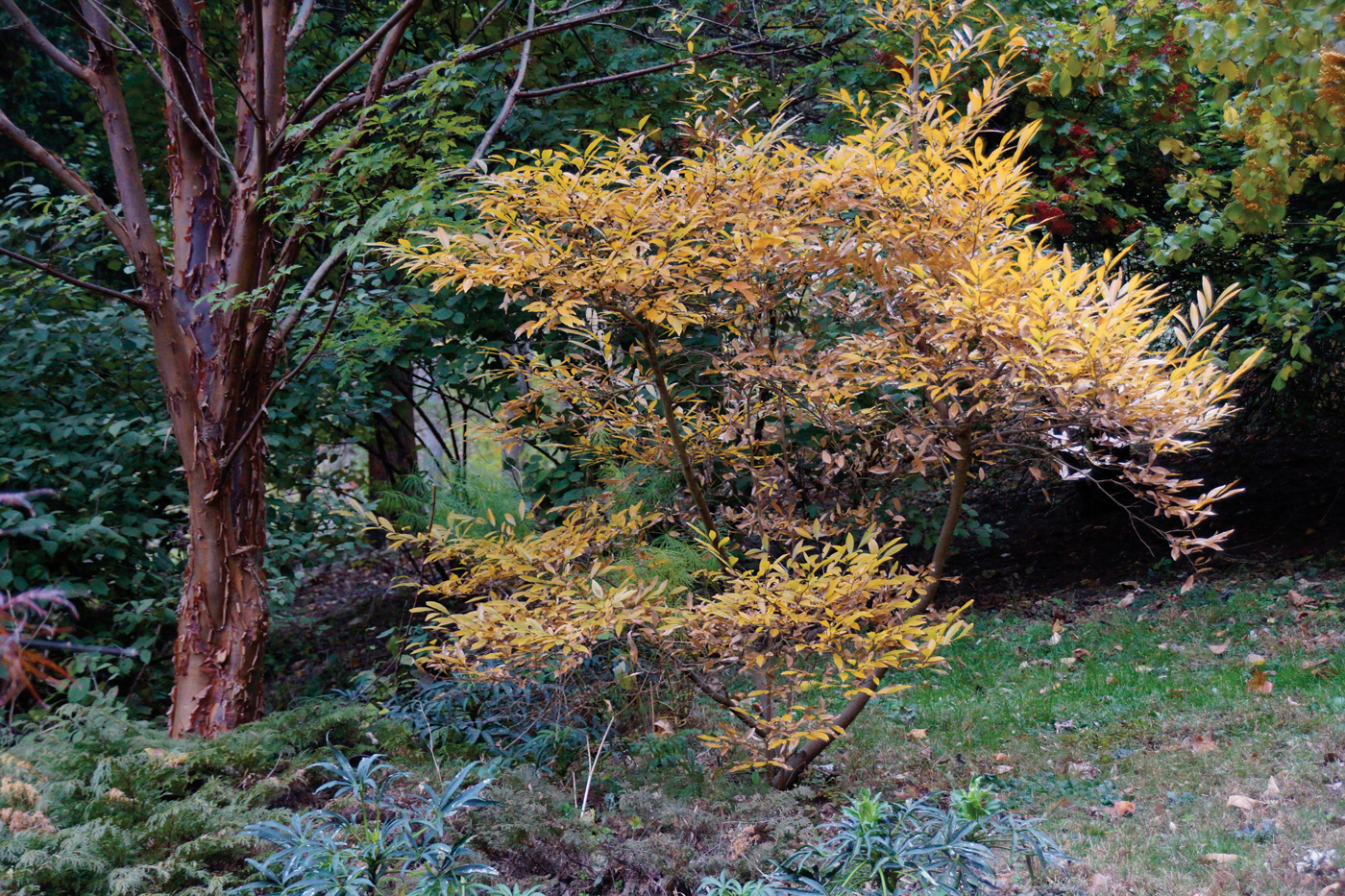
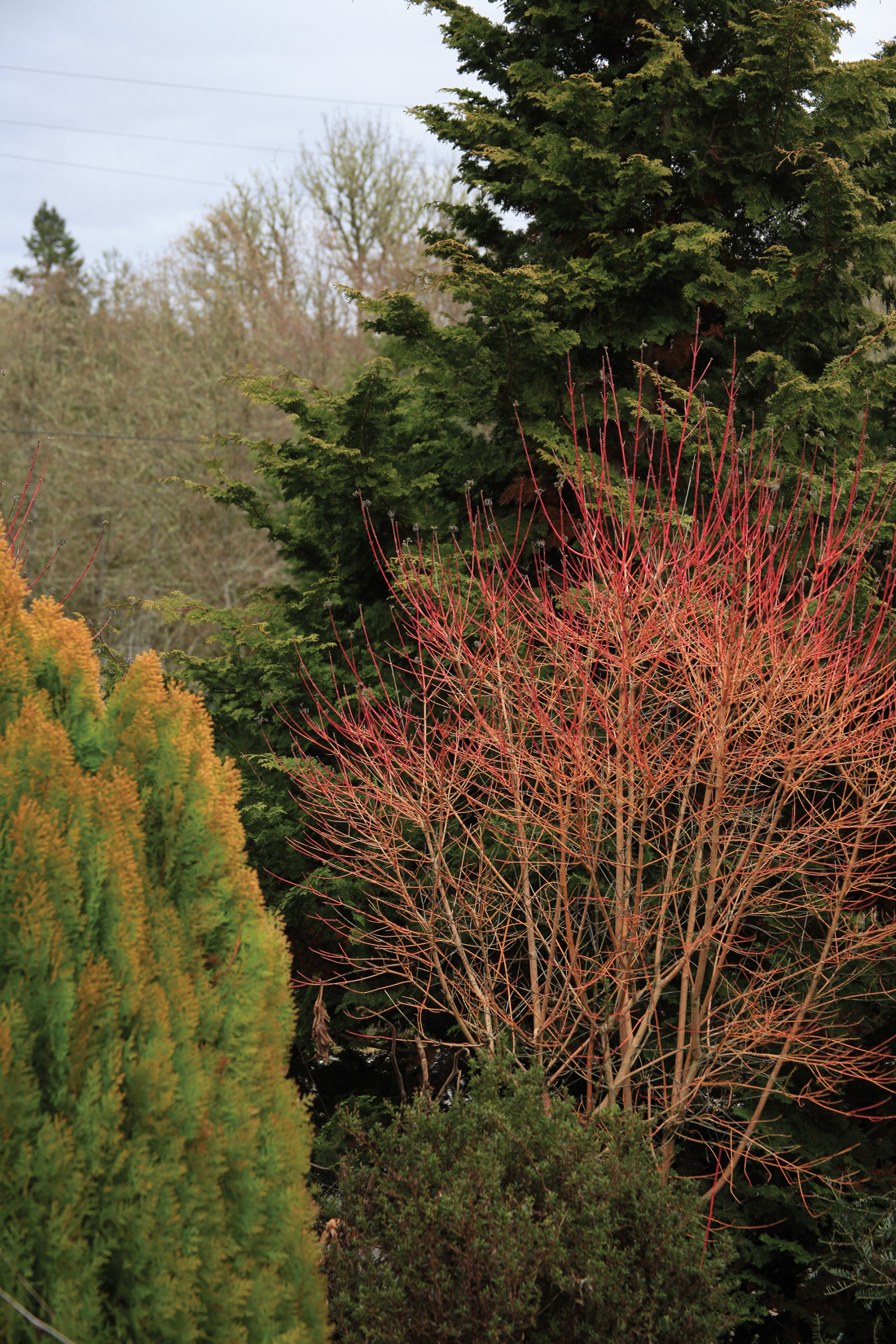
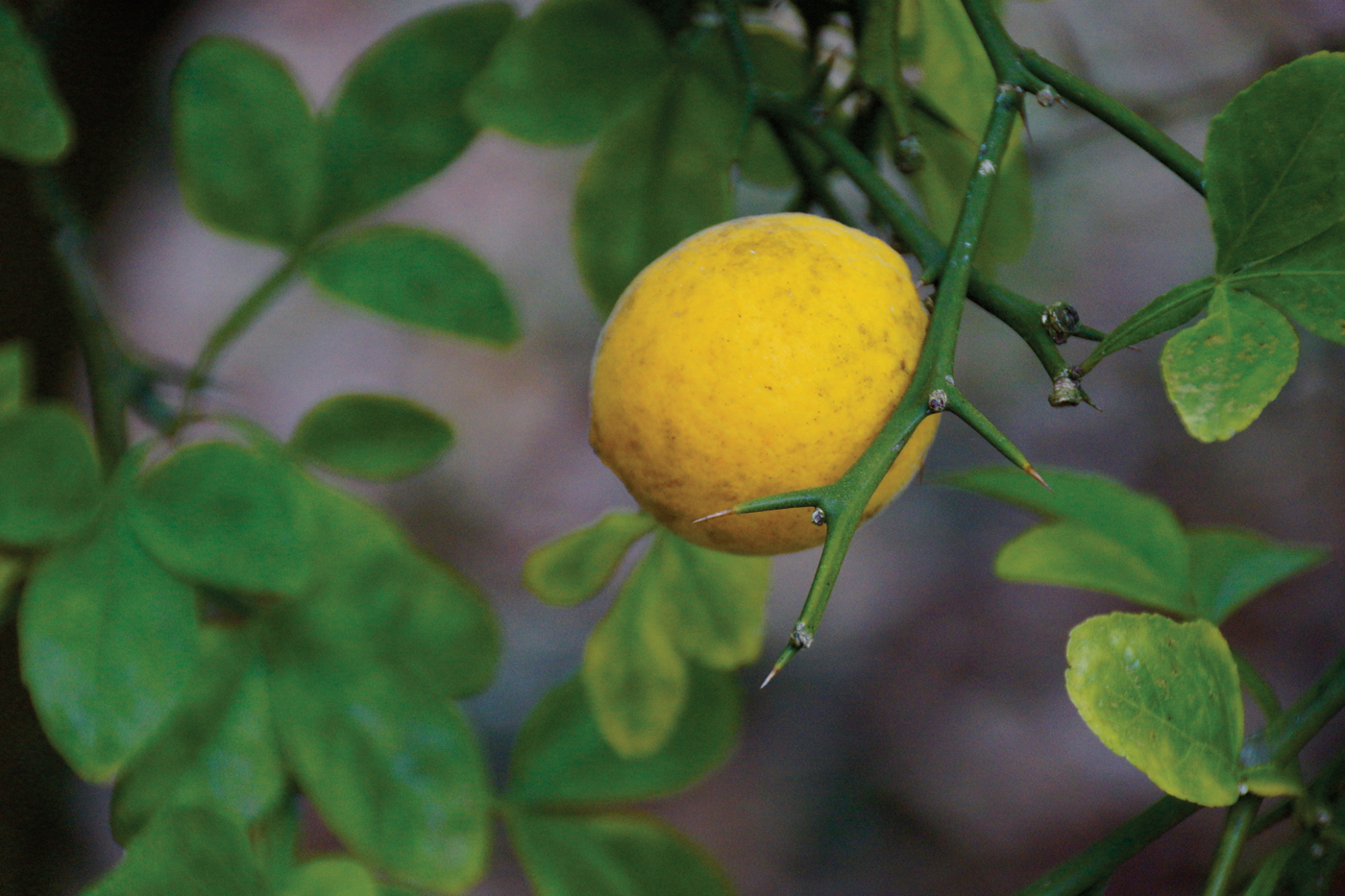
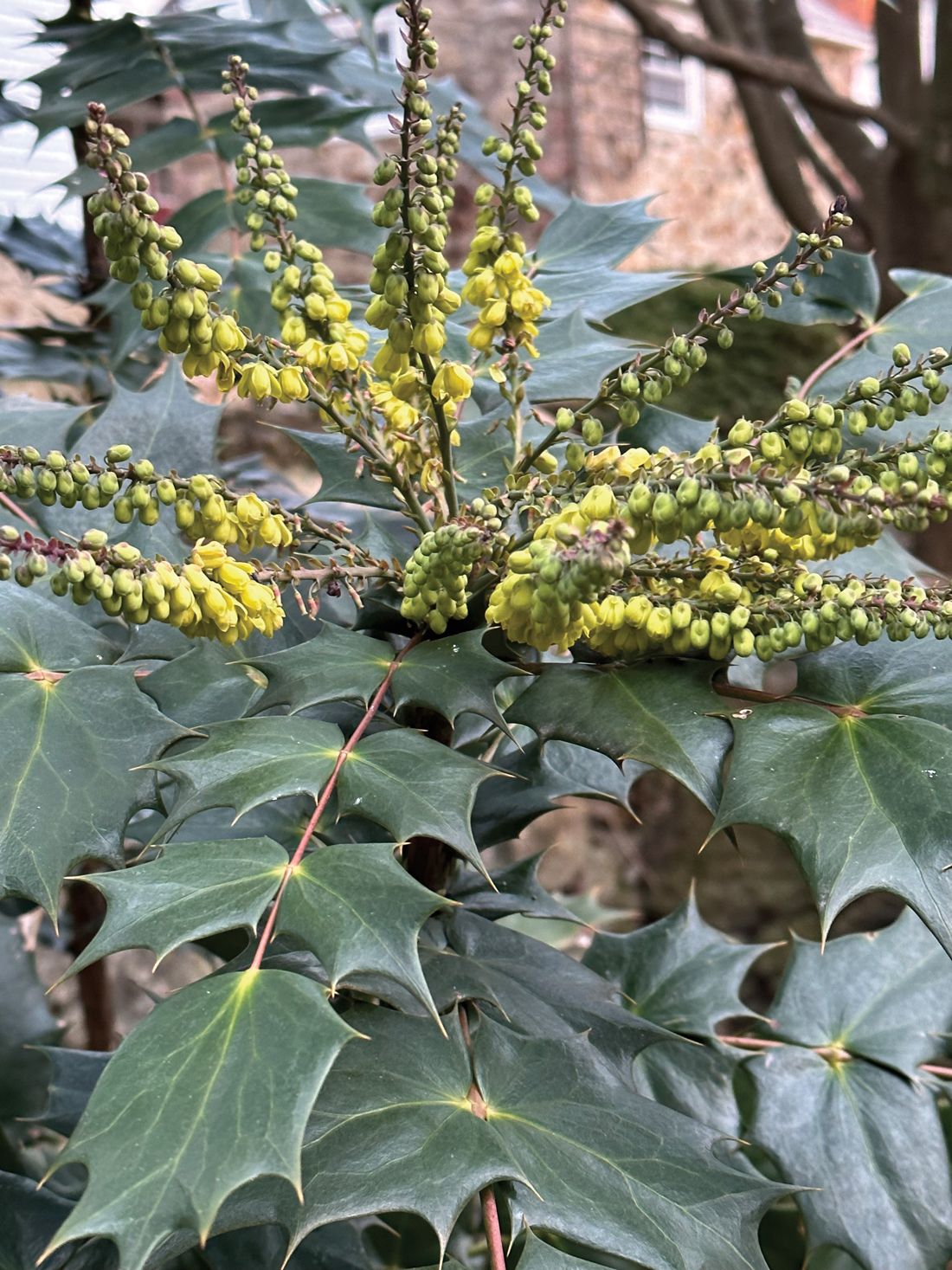
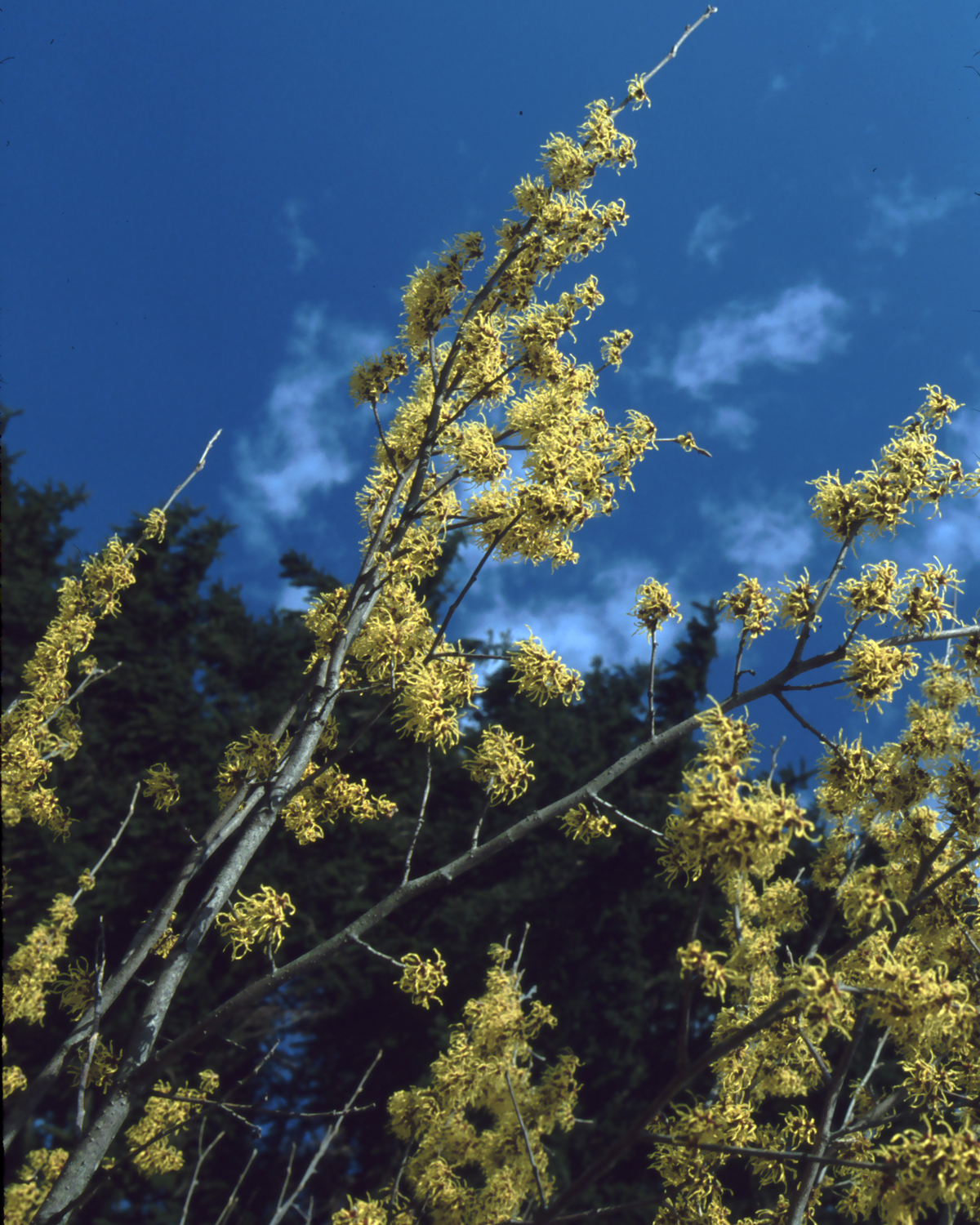


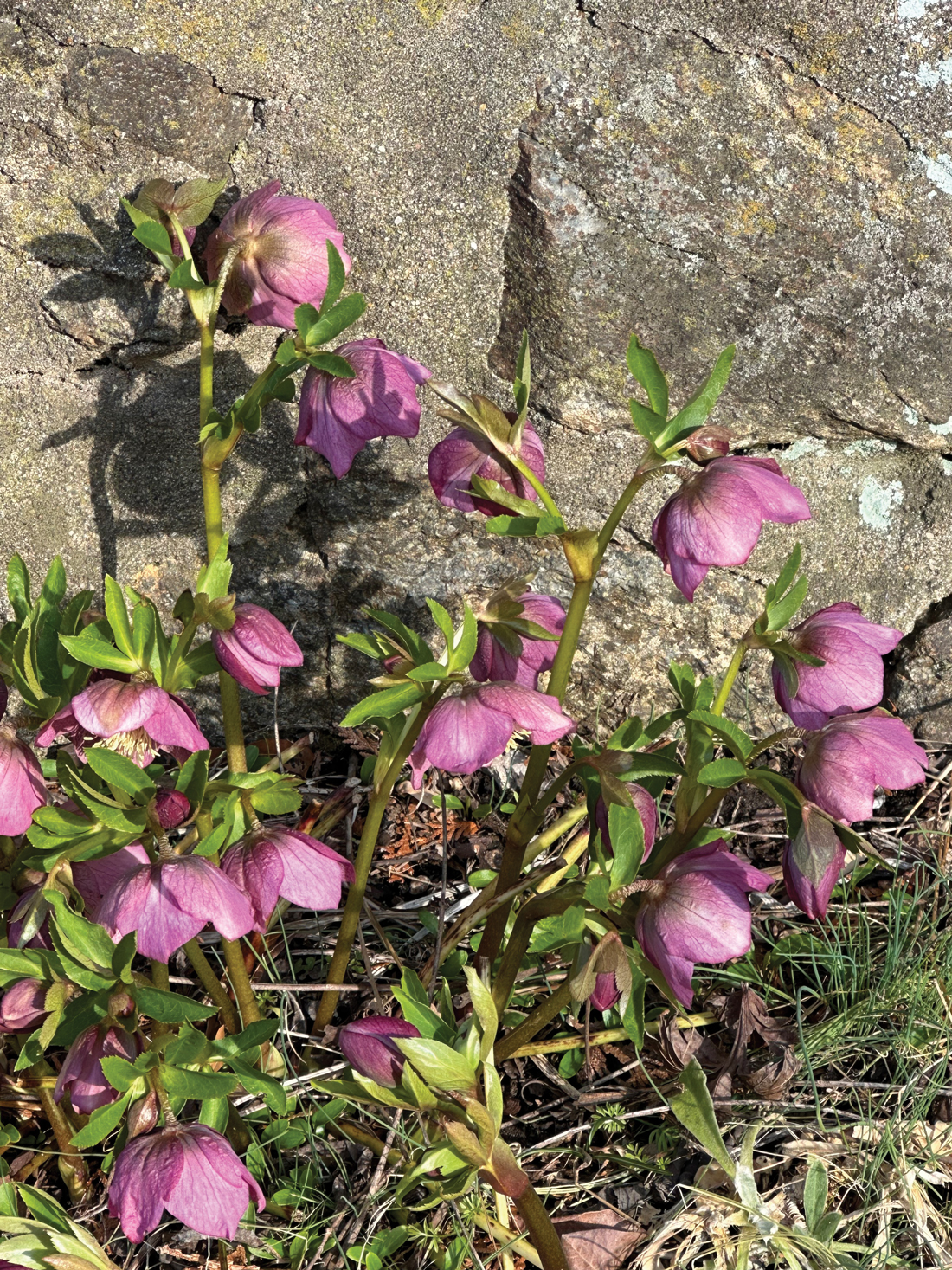
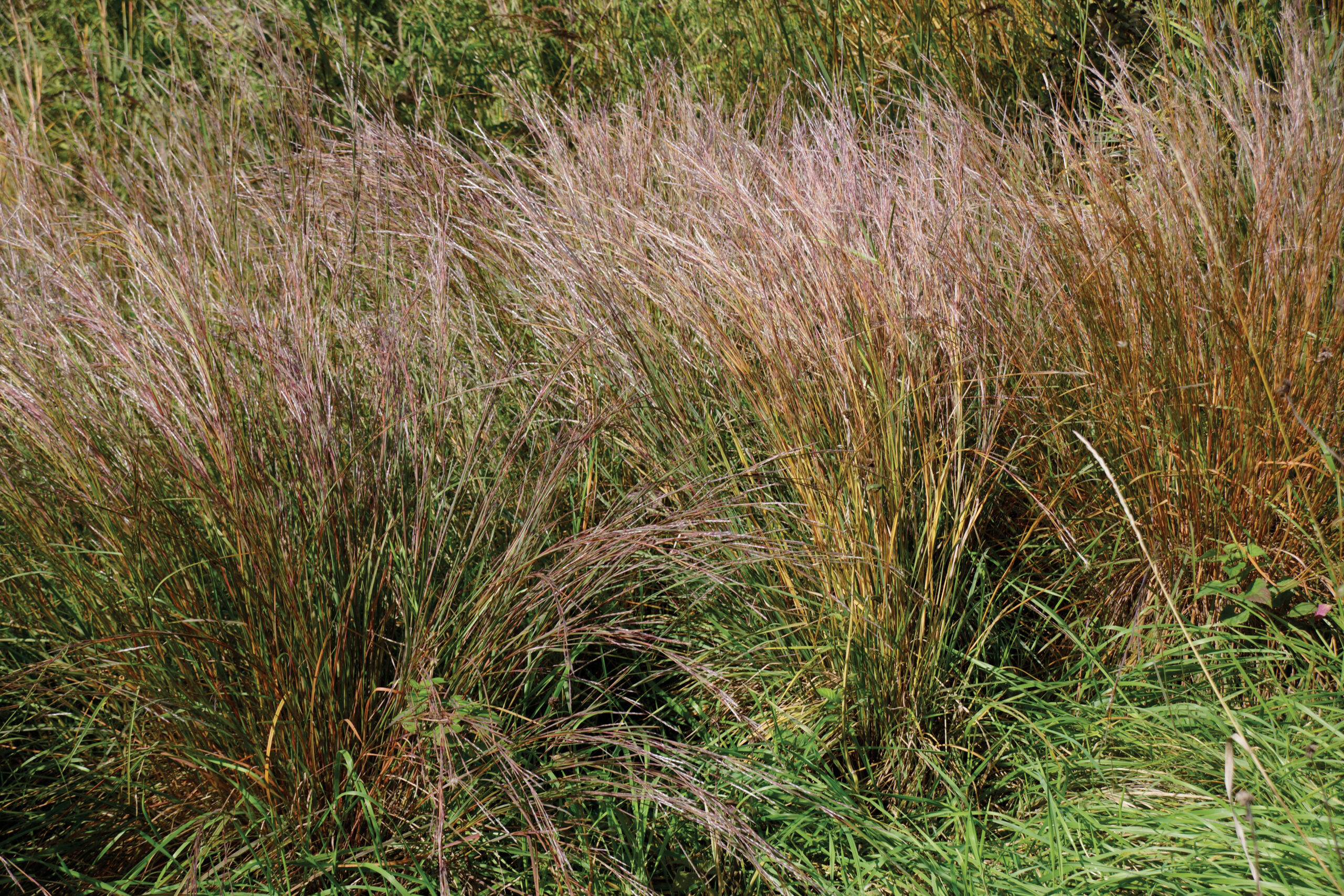
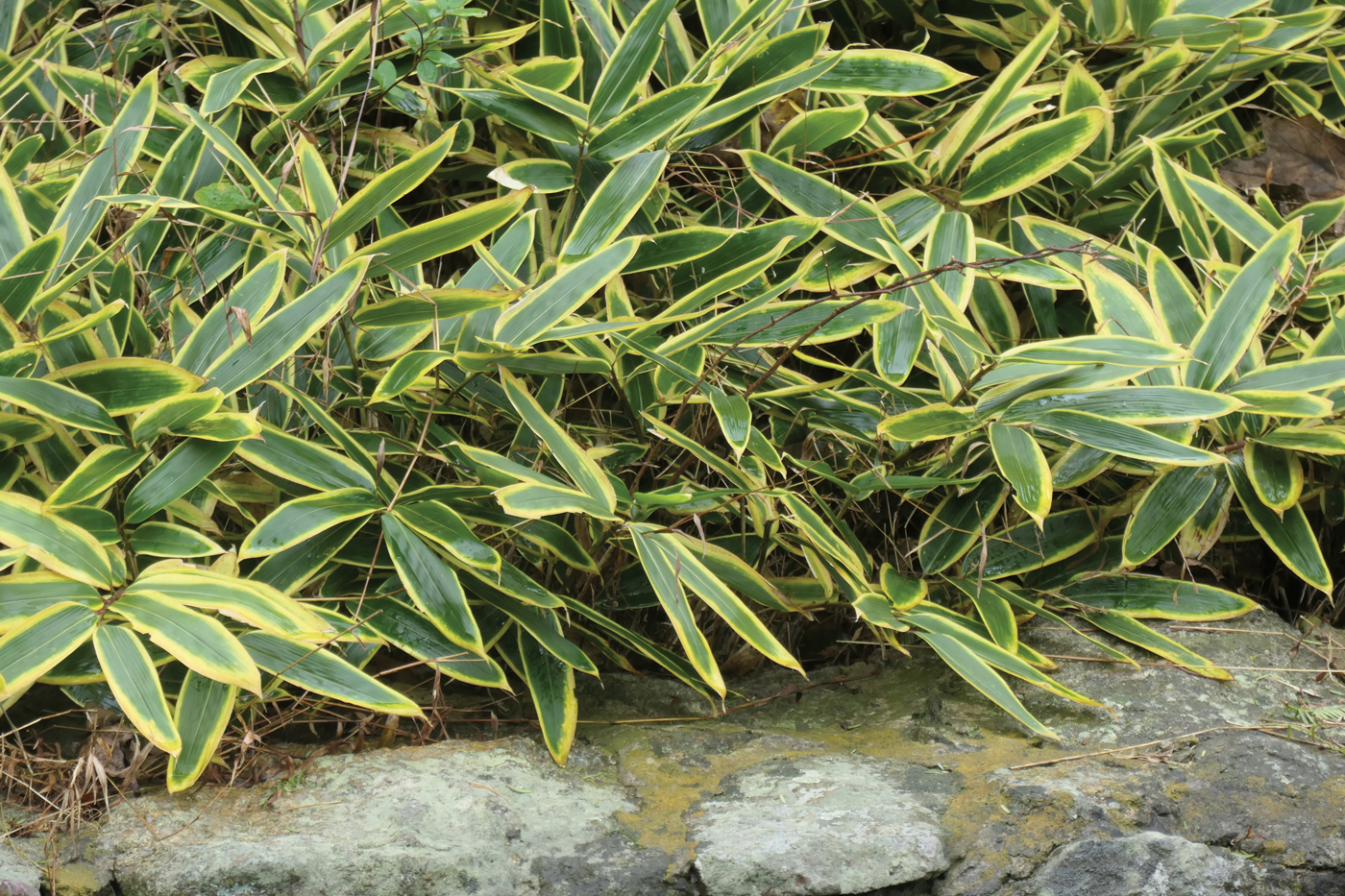
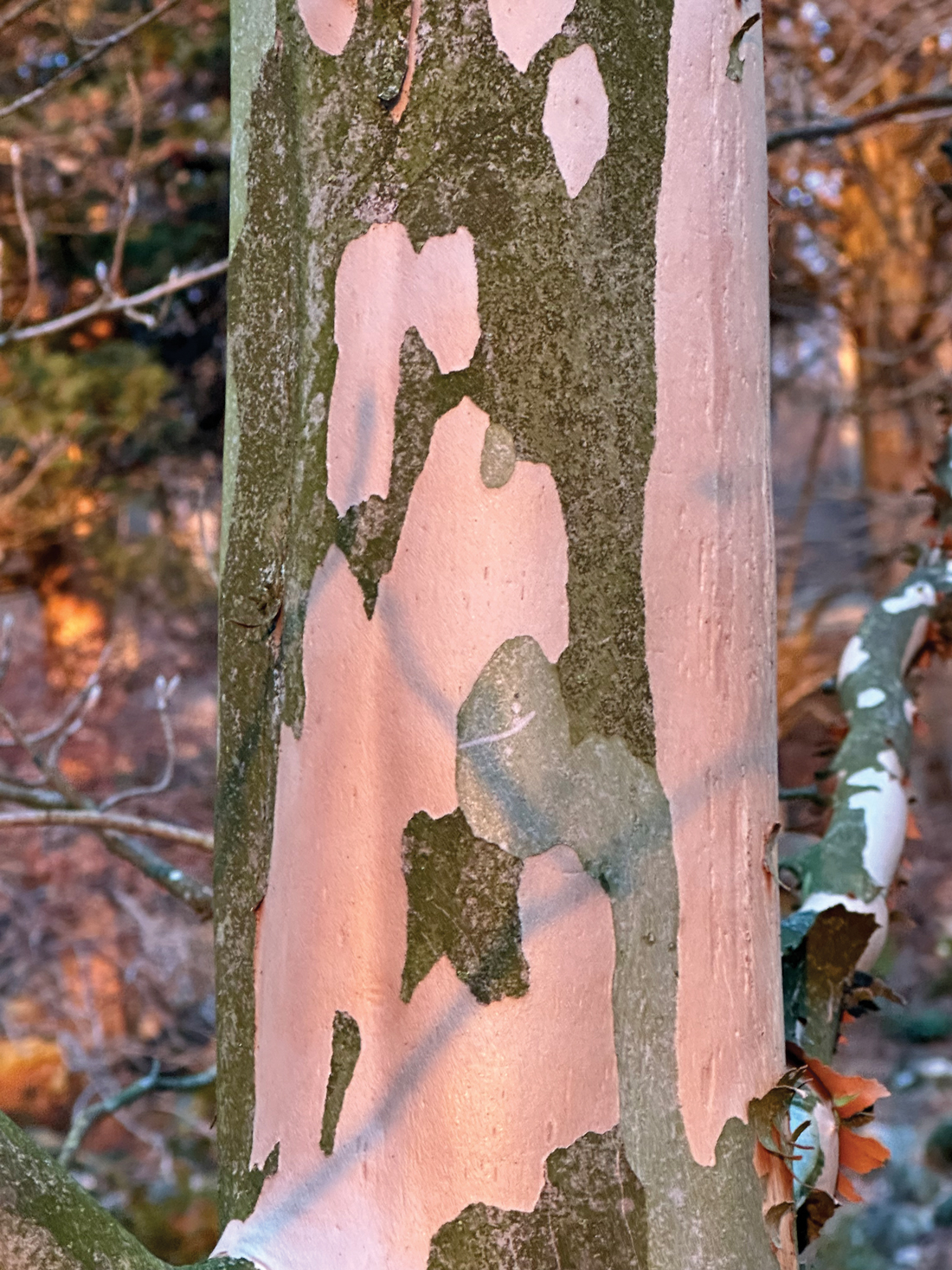
SHARE
PRINT